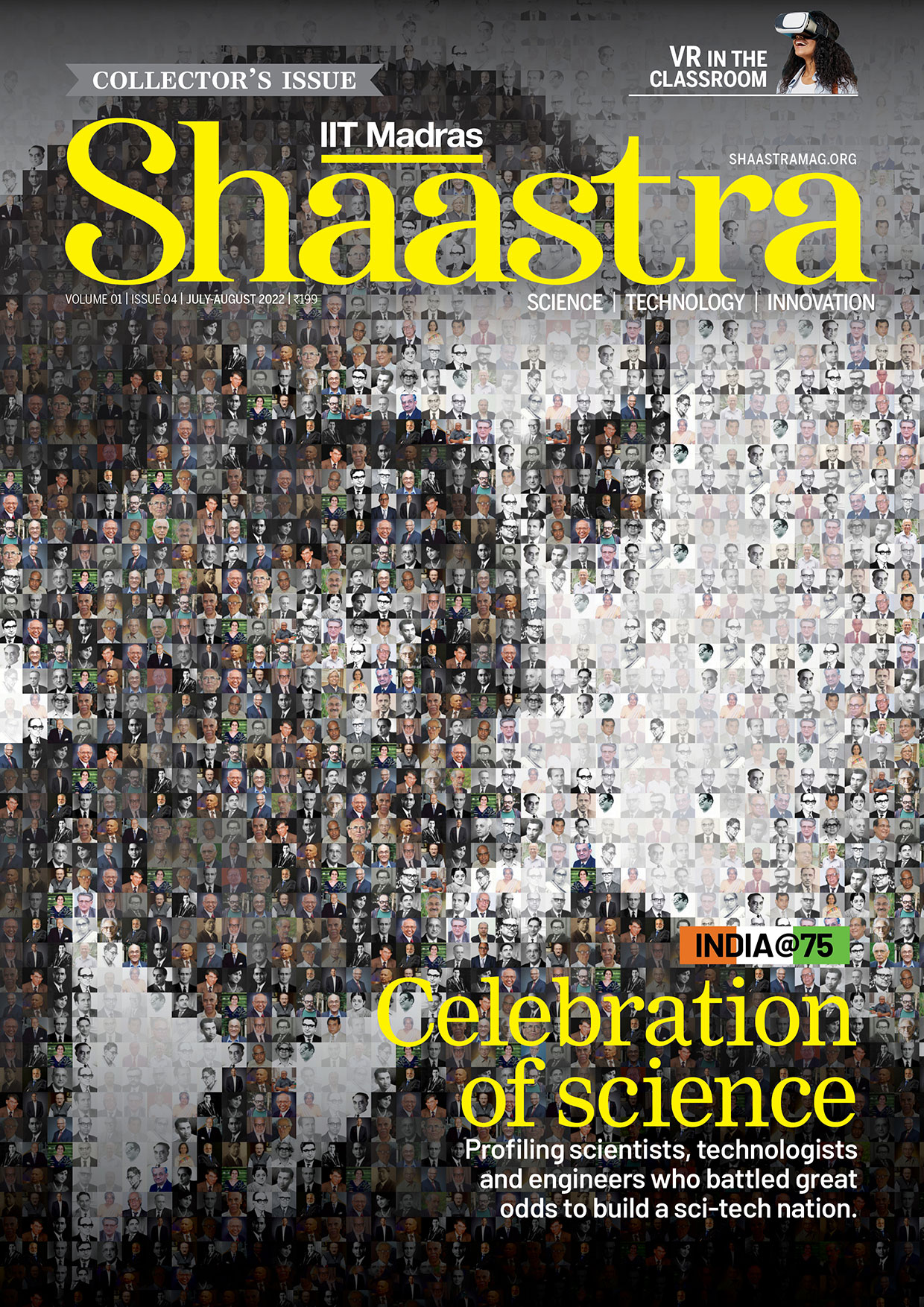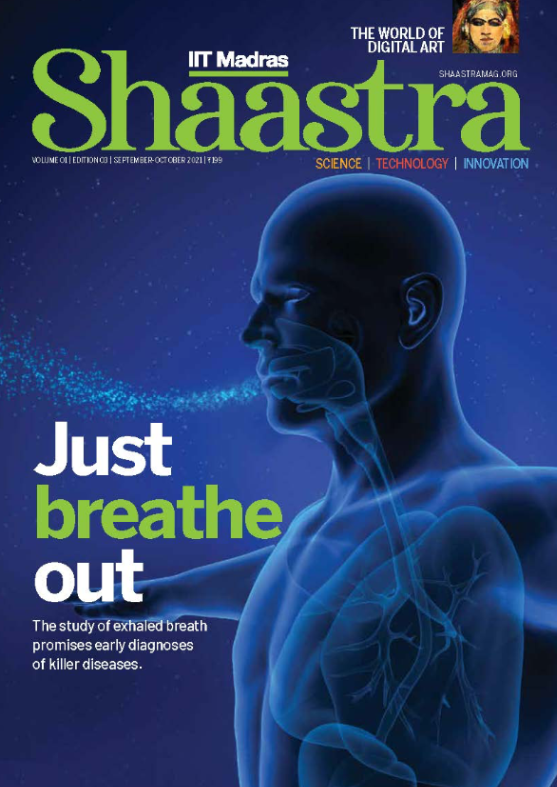Stellar work
-
- from Shaastra :: vol 04 issue 03 :: Apr 2025

A new ML algorithm that trains on simulated waveforms could help improve the detection of neutron star mergers.
A novel approach that vastly improves the prediction and detection of neutron star mergers is making waves. New machine-learning algorithms are set to enhance present-day methods and pave the way for data processing in future detectors of gravitational waves.
For a while now, astronomers have been calculating what took place billions of light years away and where the event was located in space. The sky gives the impression that it is still and placid — but celestial bodies such as stars of various types are popping, crackling, colliding, merging, exploding, dying, and resurrecting themselves all the time. These events emit signals that instruments can detect on Earth and in space. Observatories LIGO (in the U.S.), Virgo (Italy), and KAGRA (Japan) are dedicated to observing special signals known as gravitational waves.
The trio of detectors can pick up signals of gravitational waves that are kicked off by cataclysmic events happening billions of light years away in space — the merging of massive celestial bodies such as black holes and neutron stars, for instance. Now, new algorithms developed by Maximilian Dax from the Max Planck Institute for Intelligent Systems, Tübingen, Germany, and other researchers working with him for detecting merging black holes (DINGO) and neutron stars (DINGO-BNS) may give a more accurate localisation and characterisation of these mergers. These could be a great advantage when future detectors with more advanced and powerful capabilities are deployed.
When black holes merge, they cause the space-time that encompasses them to shudder, and vibrations known as gravitational waves escape into space. These waves are a signature of the merging black holes, with the signal waveform holding information about the masses and spins of the merging black holes and the resulting merged entity.
Yet another type of merger involves neutron stars, the end stages of stars that are not massive enough to form black holes in the course of their evolution. These mergers differ from those involving black holes, for, along with gravitational waves, they generate bursts of gamma rays — short wavelength light that humans cannot see. A recent paper by Dax and others in Nature (go.nature.com/42oSaGt) describes a novel approach that can detect mergers of neutron stars with greater accuracy than available methods and give an alert as to where in the sky they will take place, a few minutes in advance.
PAST ISSUES - Free to Read


Have a
story idea?
Tell us.
Do you have a recent research paper or an idea for a science/technology-themed article that you'd like to tell us about?
GET IN TOUCH














